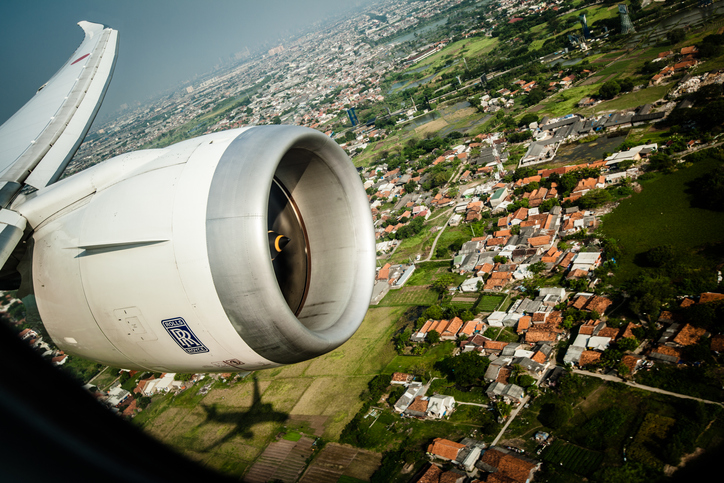ii view: Rolls-Royce burning through cash fast
Near-term headwinds have increased but management remains confident about cash flow later this year.
26th January 2021 11:43
by Keith Bowman from interactive investor
Near-term headwinds have increased but management remains confident about cash flow later this year.

Trading update for 2020 and 2021 outlook
- Year-end liquidity of approximately £9 billion
Guidance:
- Estimated 2021 cash burn of £2 billion
- Expects to turn cash flow positive at some point during the second half
ii round-up:
Aircraft engine maker Rolls-Royce (LSE:RR.) today upped its expectations for 2021 cash outflow given increasing government travel restrictions stopping the spread of more contagious variants of the virus.
Cash outflow for 2021 is now forecast to be around £2 billion, as engine flying hours are now expected to drop to around 55% of their 2019 levels compared to a previous estimate of 70%. Rolls is paid by its airline customers depending on how many hours its engines fly.
Rolls-Royce shares fell by more than 7% in early UK trading, leaving them down by more than 55% over the last year. Shares for plane makers Airbus (EURONEXT:AIR) and Boeing (NYSE:BA), which Rolls engines regularly power, are both down by more than 35%. British Airways owner International Consolidated Airlines (LSE:IAG) is down by around 66%.
The £2 billion of estimated 2021 cash outflow compares with current City estimates nearer to £1 billion. The free cash outflow is expected by management to be heavily weighted towards the first six months of 2021, with an estimated recovery in engine flying hours during the second half underlying a move to be cashflow positive sometime in the second half.
Following on from a £5 billion cash raising in late 2020, group liquidity stood at approximately £9 billion at the 2020 year-end, a level at which management is confident leaves the company well-positioned for the future.
Cost savings of more than £1 billion were achieved during 2020. Around 7,000 staff were lost, leaving the company on target to axe at least 9,000 jobs by the end of 2022. That underpins its target to deliver at least £750 million of free cash flow, excluding business disposals, as early as 2022 and subject to resumed engine flying hours.
Rolls also plans to sell assets worth £2 billion over the course of 2021. Full-year 2020 results are scheduled for 11 March.
ii view:
Rolls-Royce operates across the three divisions of civil aerospace, power systems and defence. In 2019, civil aerospace generated just over half of all sales, power systems just under a quarter and defence the rest. According to its previous late December update, the defence business had stayed resilient over 2020 with a strong order book. Some early indications of a pick-up in orders for its Power Systems business were also previously flagged.
For investors, this latest update marks a deterioration in expected near-term prospects. End of year 2020 vaccine optimism has now moved towards government caution regarding new virus variants and the potential closure of national borders. As a world health official recently expressed, “the crisis is not over until it’s over globally.” That said, Rolls has taken drastic action to cut costs and preserve cash. Its £5 billion total fundraising has given it more time to hopefully see out the pandemic. For now, despite what will be a continued bumpy ride, investors who have come this far look likely to sit tight and weather the still swirling storm.
Positives:
- Successfully raised a total of £5 billion
- Targeting cost savings of £1.3 billion by 2022
Negatives:
- Highly uncertain outlook due to Covid-19
- Dividend suspended
The average rating of stock market analysts:
Hold
These articles are provided for information purposes only. Occasionally, an opinion about whether to buy or sell a specific investment may be provided by third parties. The content is not intended to be a personal recommendation to buy or sell any financial instrument or product, or to adopt any investment strategy as it is not provided based on an assessment of your investing knowledge and experience, your financial situation or your investment objectives. The value of your investments, and the income derived from them, may go down as well as up. You may not get back all the money that you invest. The investments referred to in this article may not be suitable for all investors, and if in doubt, an investor should seek advice from a qualified investment adviser.
Full performance can be found on the company or index summary page on the interactive investor website. Simply click on the company's or index name highlighted in the article.